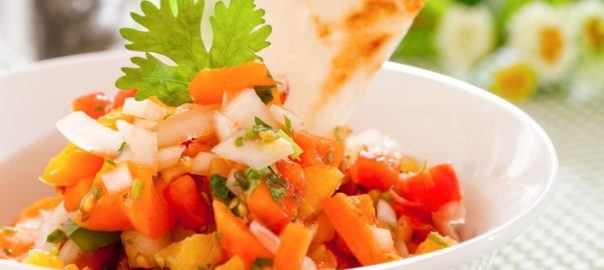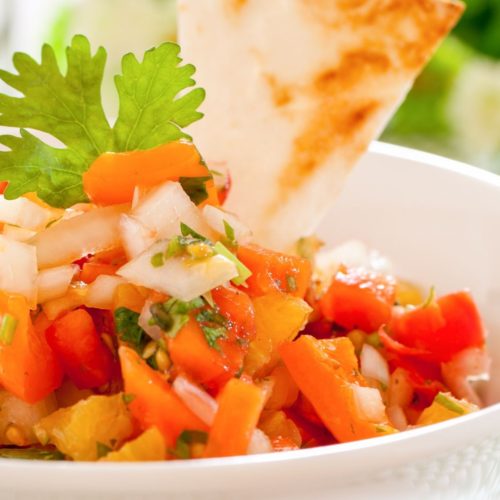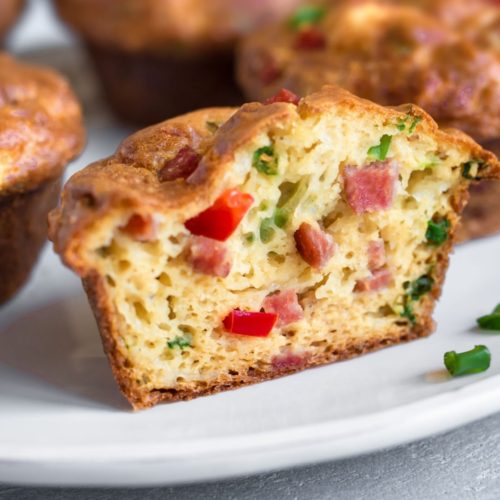Afraid of the pressure cooker
I have a confession to make. I've always been a little afraid of pressure cookers. When I was growing up my mother didn't use one. By the time I was exposed to them as a young adult, the concept seemed a little scary.
When I talked to my mother about it she told me that her mother had used a pressure cooker when she was growing up. So I asked my mother why she never used one. She replied by sharing a story about my Nana, my father's mother, involving a pressure cooker.
Apparently, in the middle of cooking dinner with the pressure cooker, something went horribly wrong. There was some kind of an explosion and the lid blew off. There was so much force involved that the lid embedded itself in the ceiling of Nana's kitchen.
One can only imagine the horror and disbelief … and what the kitchen must have looked like. Mom wasn't exactly sure how Nana managed to get the lid out of the ceiling. That was the end of pressure cooking as far as Nana was concerned. Needless to say that episode was enough to convince my mother that she did not want to use a pressure cooker. Ever.
Learning to use a pressure cooker
Not having grown up around one neither did I. Until now. Fast forward many years….my friend Emily at The Kindred Kitchen invited me over for dinner. She made an amazing dinner in her pressure cooker. She was so confident, so calm, and it was all so delicious! I was hooked and wound up buying one of my own.
I've been experimenting with it and have discovered that I absolutely love it; it is rapidly becoming one of my favorite kitchen appliances. Meats and vegetables are delicious, colorful, flavorful, and oh so tender. The real prize-winning use, however, is for rice and beans, of all different flavor profiles. It is so quick, so easy, and it comes out just right. I absolutely love my pressure cooker and owe Emily a debt of gratitude for helping me to change my mind. This recipe for curried chickpeas and rice is based on one that she shared with me.
- 1 cup chickpeas, picked over and rinsed
- 1 cup brown rice
- 1 medium onion, diced
- 2 cloves garlic, minced
- 2 tablespoons curry powder
- 2 cups vegetable broth
- sea salt and fresh ground pepper to taste
- 1/2 cup chopped cilantro
- In the morning set the chickpeas to soak in a pot of hot water
- Drain and rinse the chickpeas
- Heat the olive oil in the pressure cooker
- Saute the onions and garlic for a few minutes until soft
- Add the curry powder and stir for a moment
- Add the rice and stir until the rice is coated
- Add the broth, chickpeas, salt and pepper
- Lock the lid in place and bring to high pressure
- Reduce the heat but still maintain high pressure
- Cook for 9 minutes and remove from heat
- Let pressure drop naturally for another 5 minutes
- Quick release and then remove the lid
- Stir in the chopped cilantro and serve
New and improved pressure cooking
Fast forward again. After I became comfortable with using a pressure cooker a lovely new device came on the market. The Instant Pot! I love my instant pot and it's pressure cooking capabilities. This dish works just as well in the instant pot and only needs a few modifications.
- 1 cup chickpeas, picked over and rinsed
- 3 cups of water
- 1 cup brown rice
- 1 medium onion, diced
- 2 cloves garlic, minced
- 2 tablespoons curry powder
- 2 cups vegetable broth
- sea salt and fresh ground pepper to taste
- 1/2 cup chopped cilantro
- Add chickpeas and 3 cups of water to IP
- Cook for 2 minutes
- Natural release for 10 minutes, then quick release
- Rinse well and set aside
- Heat the olive oil in the IP
- Saute the onions and garlic for a few minutes until soft
- Add the curry powder and stir for a moment
- Add the rice and stir until the rice is coated
- Add the broth, chickpeas, salt and pepper
- Lock the lid in place and bring to high pressure for 25 minutes
- Natural release for 15 minutes, then quick release
- Stir in the chopped cilantro and serve
If you enjoyed this article, please join my community to receive more information and special offers with my free newsletter, Food News You Can Use (I do the research so you don't have to). This concise, informative newsletter gives you updates you need to know about the ingredients for living a healthy life.









 I've just gotten back from a vacation to Laramie, Wyoming. I was looking forward to the trip as I've never been to Wyoming and we were going to visit one of my husband's friends. In truth I got far more than I bargained for. It was a wonderful trip, the effects of which are still resonating in my spirit.
I've just gotten back from a vacation to Laramie, Wyoming. I was looking forward to the trip as I've never been to Wyoming and we were going to visit one of my husband's friends. In truth I got far more than I bargained for. It was a wonderful trip, the effects of which are still resonating in my spirit.

